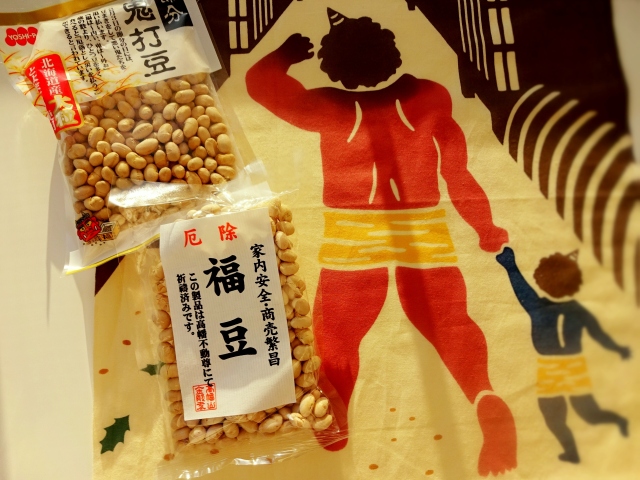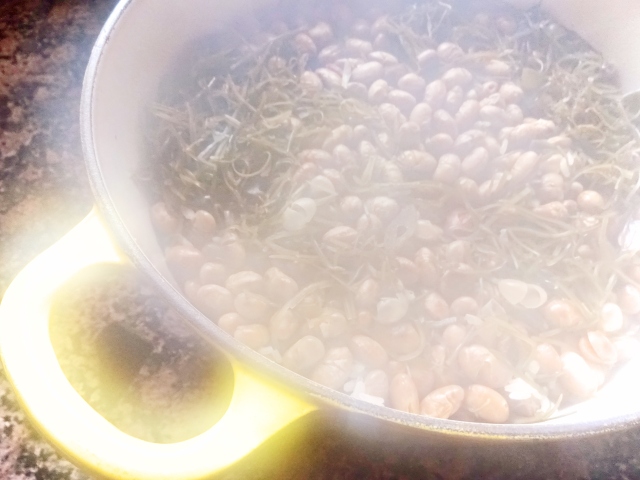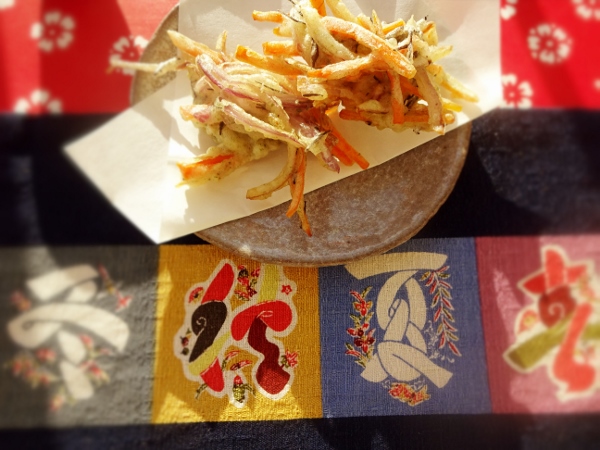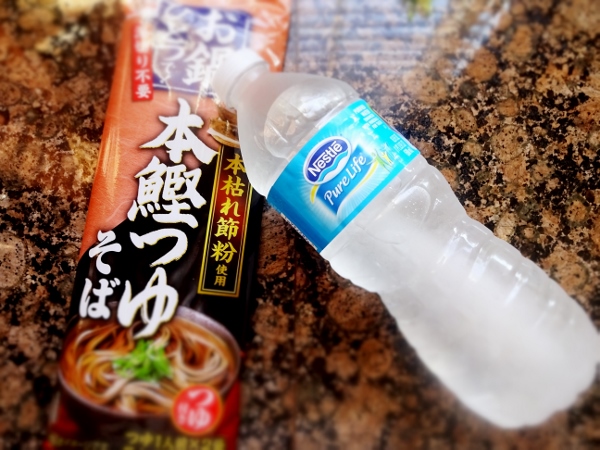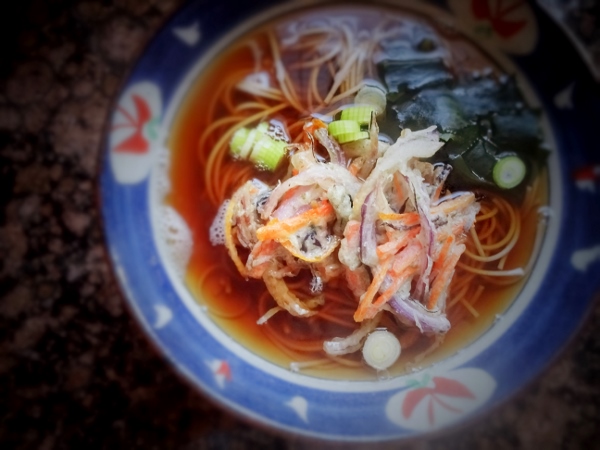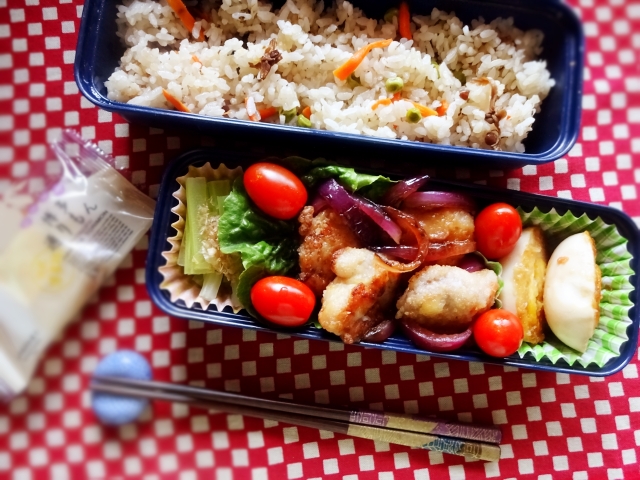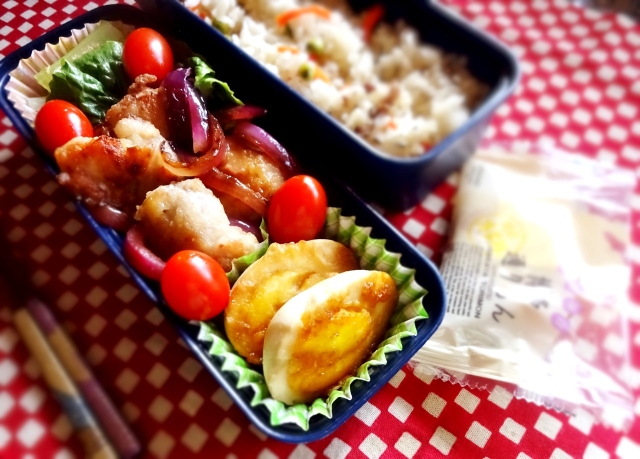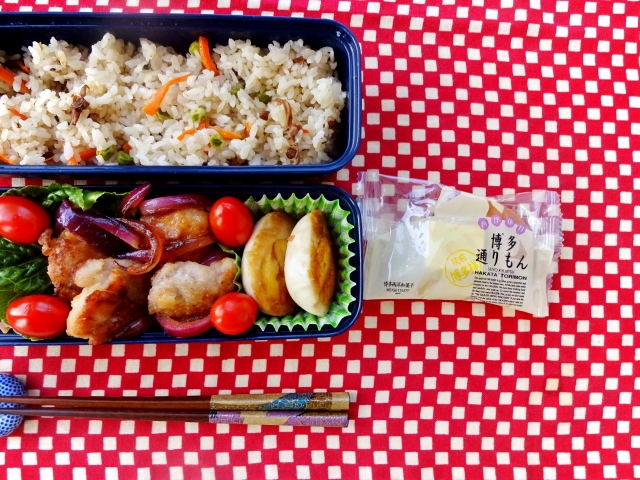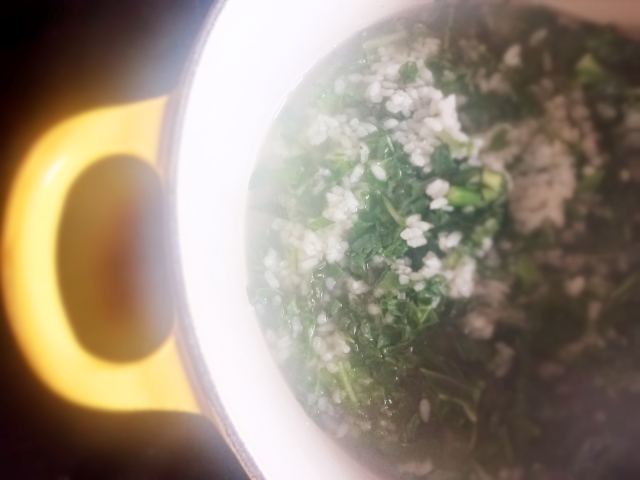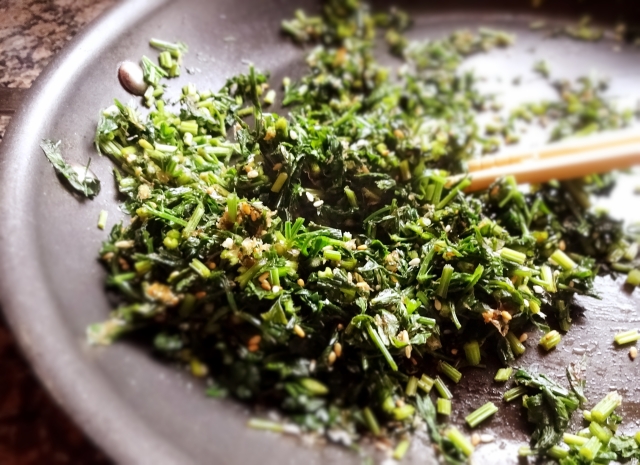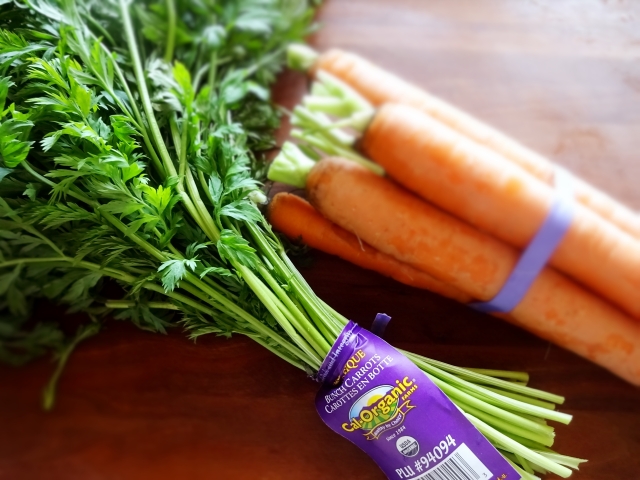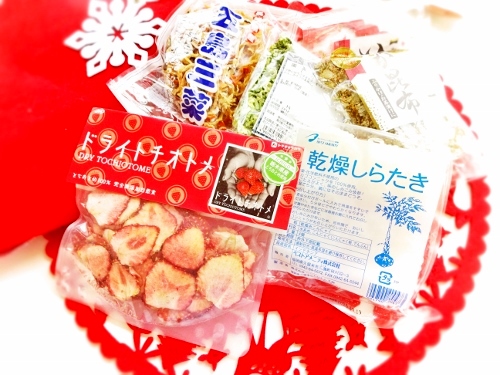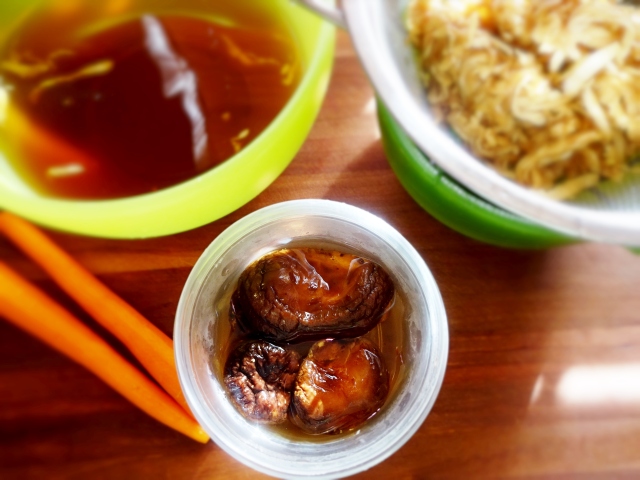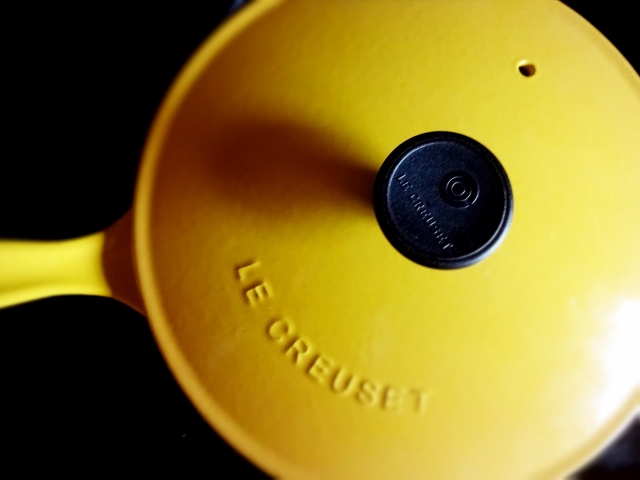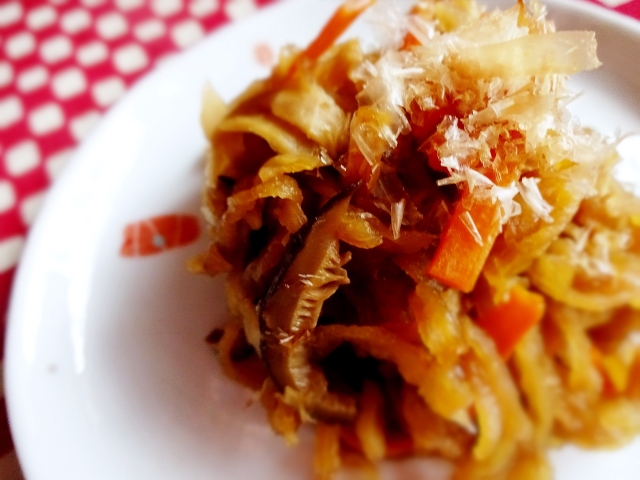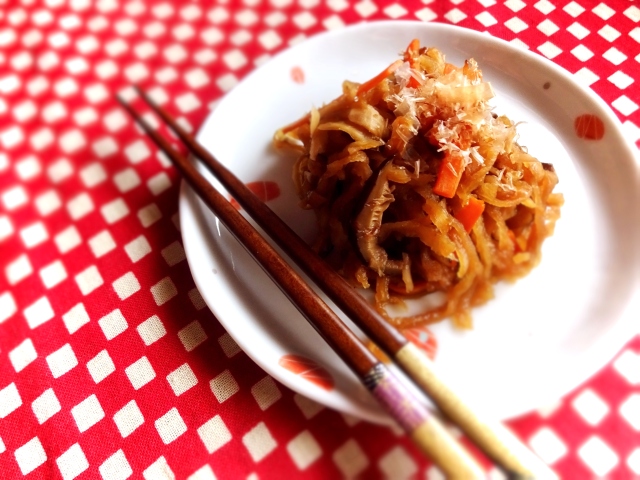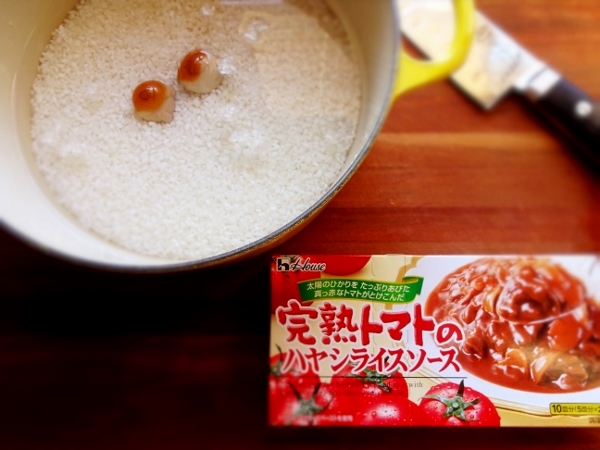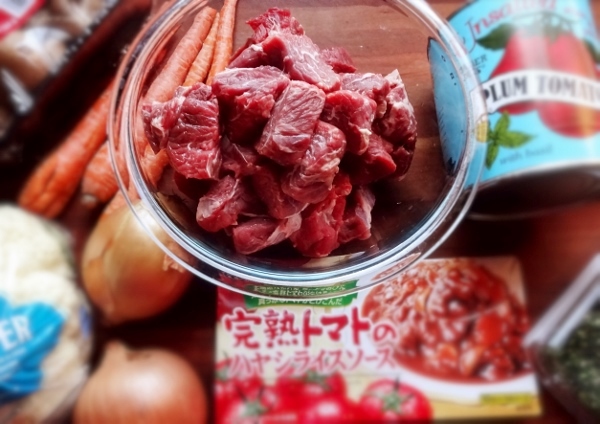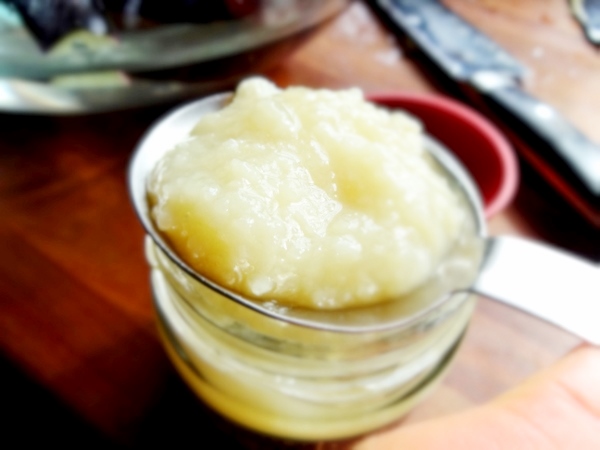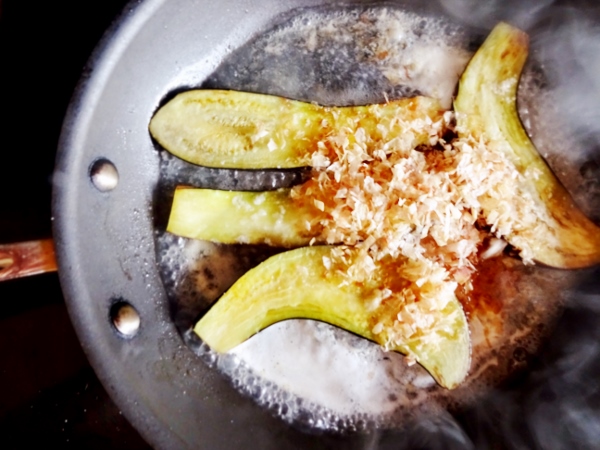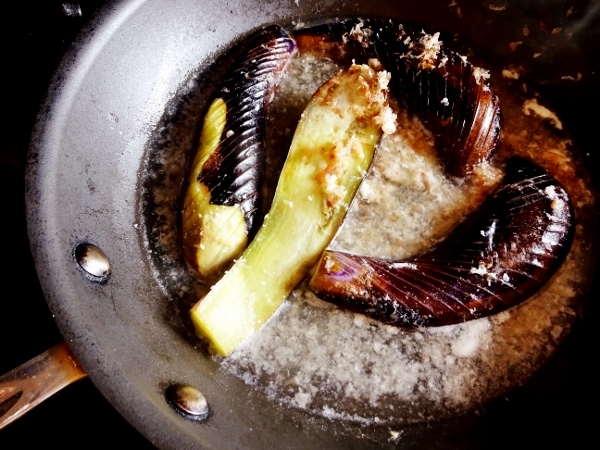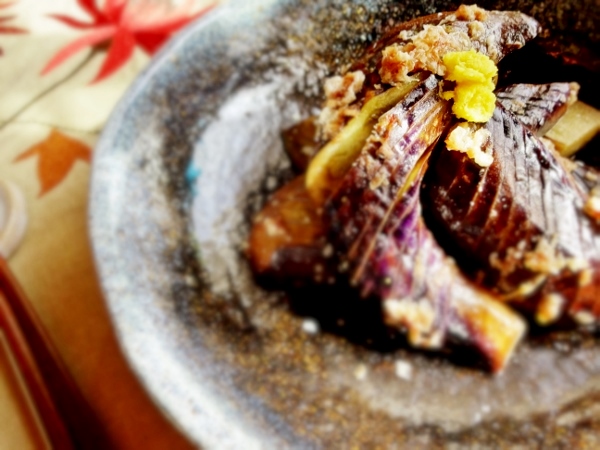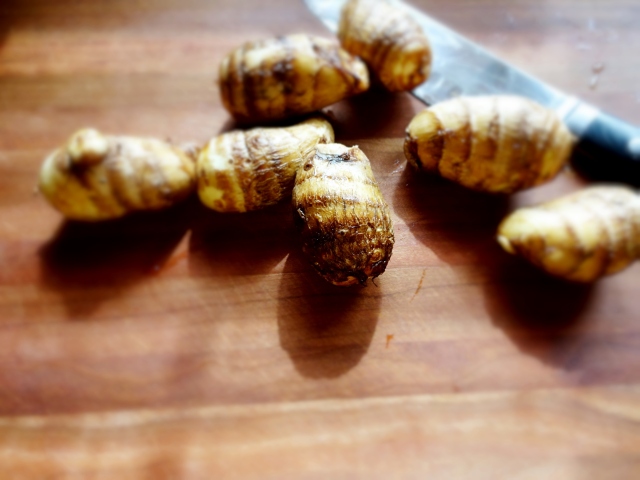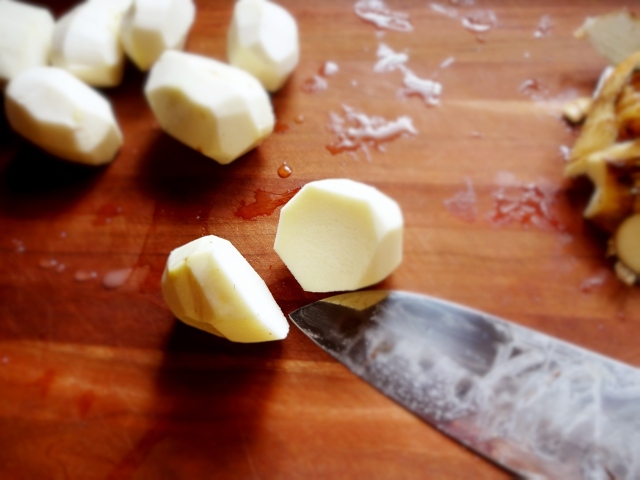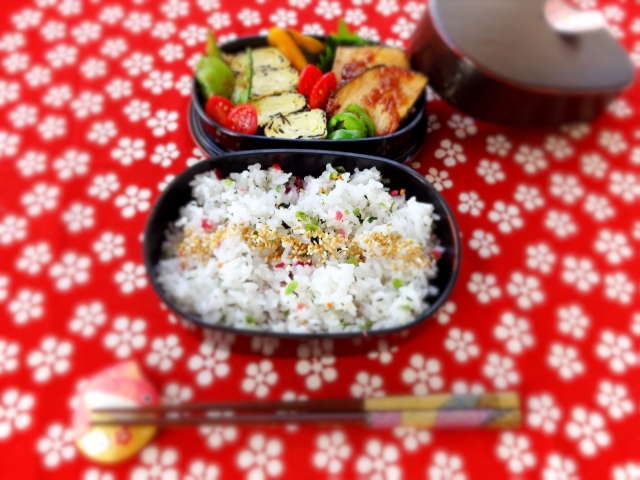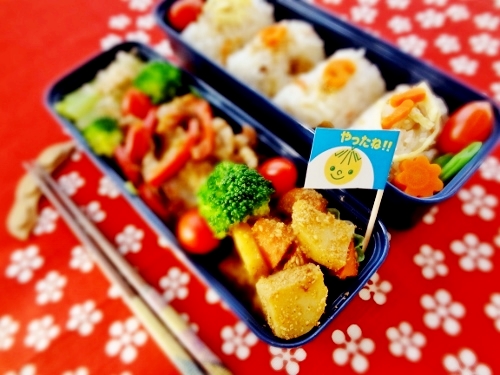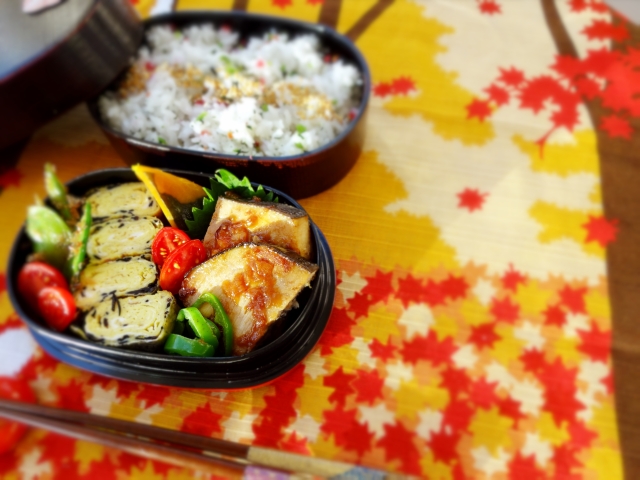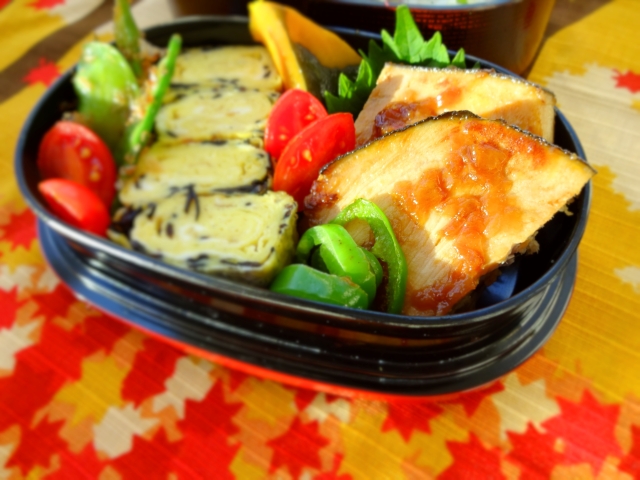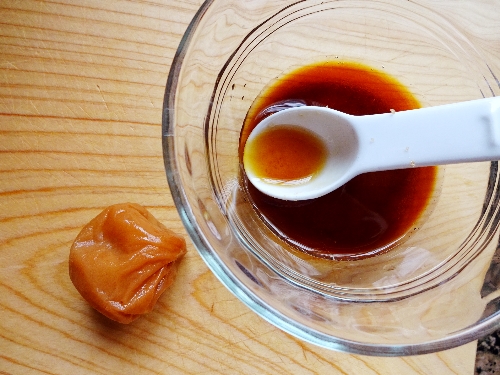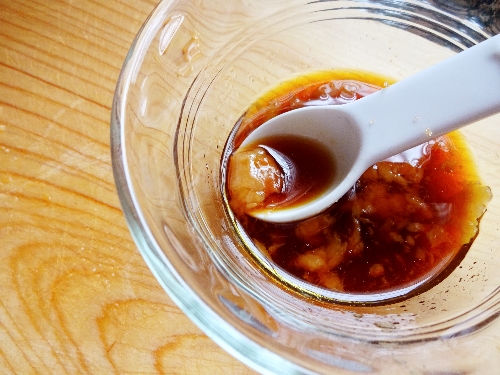
Organic whole chicken was on sale!
I had to pick it up even though I didn’t have any plan to use it.
By the way, if you get a whole chicken, what would you like to cook?
Of course, roast chicken is the first thing everybody comes up.
In Japan, roaste chicken is a special occasion meal, but not here.
We here have relatively many chances to have roast chicken since many restaurants have it in their menu, and also most of grocery stores sell them.
So, that is not exciting option for me.
Then what is it?
CHICKEN SOUP!
Is chicken soup exciting?
YES!
Chicken soup is also ubiquitous and not special occasion food, but I think the best chicken soup is made at home, not at restaurants or any grocery store’s pre-cooked section. That’ why it could be very special!
OK! I will make a very special chicken soup today, but in Asian way!

What a nice smell!
I made this in the oven, roasting slowly.

So delicious with tons of Umami flavor!
Besides, don’t you think this looks elegant?
It is easy to prepare if you have time for the usage of oven.
So, let’s begin!
Here are the ingredients for this soup.
- 1 whole chicken (3-4 lb)
- salt (1% of the weight of the chicken)
- 5-6 dry shiitake mushrooms (Soak them in the water overnight. Don’t throw away the water. We will use for the soup.)
- 1 -2 green onion
- 3 inches of kombu
- 1 cup of shaoxing rice wine ( if you couldn’t find one, replace with sake)
- 1 Tb spoon of soy sauce
- 1 Tb spoon of fish sauce
- celery leaves
- 2 star anise
- cilantro

First rub the chicken with salt (1% of its weight) and ground white pepper.
Leave it in the fridge at least one hour, but no more than 4 hours.

Squeeze the liquid from shiitake mushroom and take the axis of hydrated shiitake mushroom and set aside.
Cut the green onions by 2 inches lengthwise (I used green parts only), and set aside.
Set the oven at 350 F.
Cut off the stems of cilantro and tie them with twine. We will use the leaves for garnishing.
Likewise cut the leaves of celery and tie them.
The spice we use today is star anise. They have strong flavor and play an important role for this soup, so if you don’t have them in your pantry, run to a store!

In the large dutch oven pot, put the chicken (if you don’t like saltiness, wash it with running water quick and wipe it with paper towel).
Then put the shiitake mushrooms, kombu, green onions, celery leaves, and cilantro stems.
Pour total 8 cup of water, including the shiitake water, and then,

add soy sauce, fish sauce and the star anise.

Bring the pot to a boil .
Take off the scum, and put the pot in the preheated oven with lid.
Cook about one hour and half to two hours, depending the size of the chicken.
That’s it!!
I think mine is ready after 2 hours.

Good smell!
Take the leaves of celery and stems of cilantro.

Don’t you think it looks delicious?
I want to this soup very clear, so I strained the soup to take the residue of the vegetables.

The meat fell off easily. So tender and juicy!

This is such an easy cooking and delicious meal!
You could put some noodle in there like Ramen.

Enjoy the soup!
Next time you cook CHICKEN SOUP, remember there is another type of flavorful chicken soup!

I start waiting for the next chance already!






